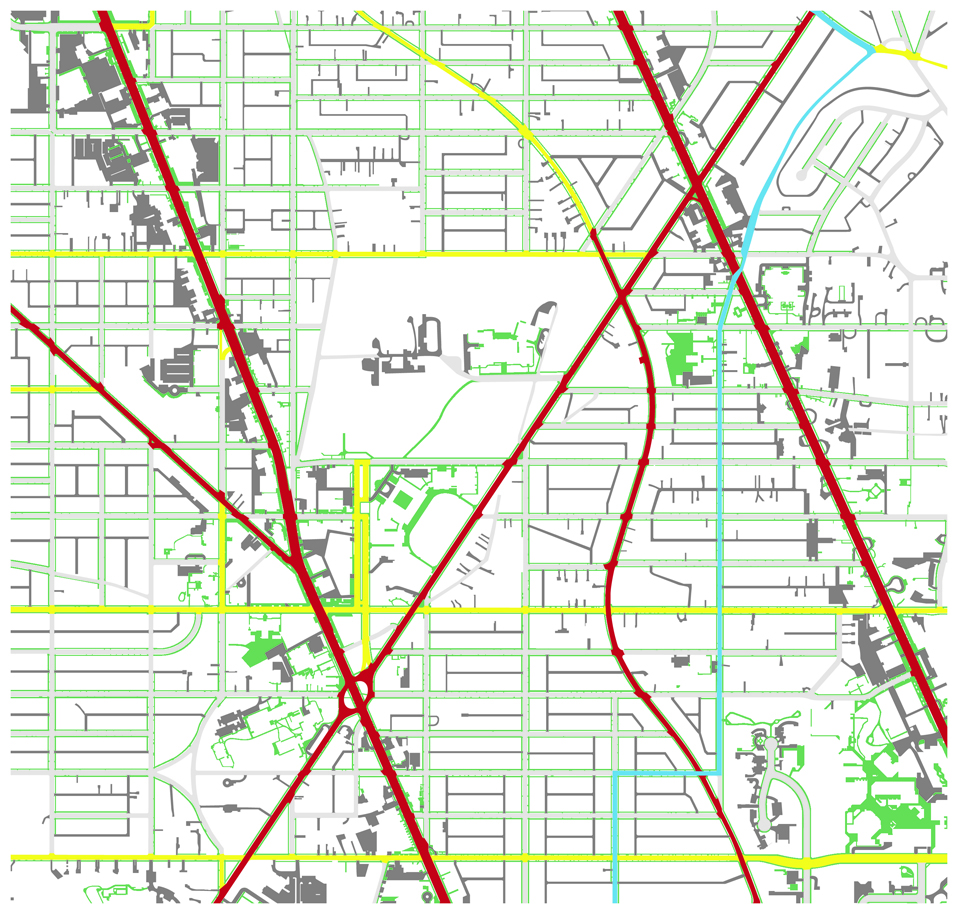Bicycling exists in a strange middle-area of the law. A bike is a vehicle in DC, but bikers can ride on the sidewalk and don’t have to register or undergo inspections. Culturally, cyclists travel in a more uncertain space, not all that welcome on the street or the sidewalk. A lack of any particular bicycle infrastructure means that there is no place of positive certainty anywhere near Tenleytown. I have to admit that judging conditions was more difficult here because of the more varying conditions cyclists find themselves subject to.
That’s reflected in the composite above; It’s really gray. And pretty dark.
To look at the way the image was composed follow down below.
Continue reading ➞ Reno Park Update 091115: Cyclist’s Perception



